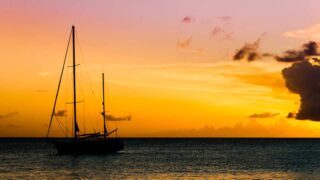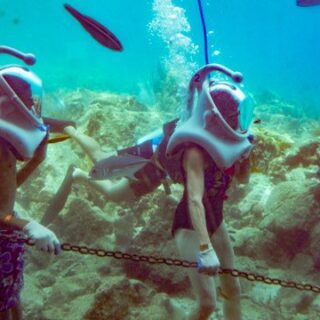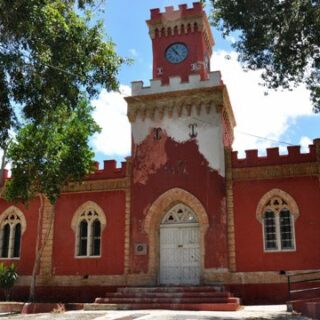St. Thomas offers lots of activities to keep you busy everyday of your trip. You can fly high on an aerial tour or go under the sea scuba diving, get pampered with massages or spend the day hiking in the Virgin Islands National Park. Visit the Beach Guide, Attractions and Shopping for more information on these activities.
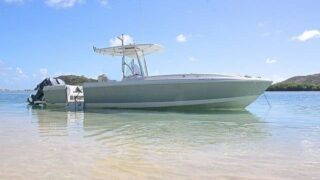
Boat Rentals & Charters
Boating is always at the top of the must do list; island hop, stop at fun beach bars, snorkel. Explore a Selection of Top-Rated Charter Boats
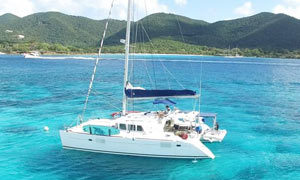
Sailing Charters
Sail on beautiful waters, snorkel, bask in the sun, take a sunset sail… sure to be a highlight of your vacation. Discover St. Thomas Sailboats
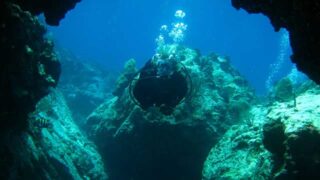
Scuba Diving
Explore the fascinating underwater world; coral reefs, sunken ships and more. Take lessons and get certified while on vacation! Read More

Animal Encounters
Get up close and learn about interesting land and sea animals; feed an iguana and birds, swim with turtles, sea lions and dolphins! Read More
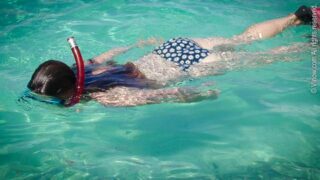
Snorkeling
Float along the surface and admire the beautiful marine life below; or join the fish below the water line! Read More
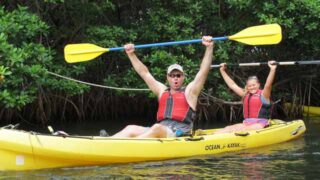
Ecotours & Kayaking
Explore the natural environment with a guided kayak, hiking or snorkeling adventure into ecologically fascinating areas. Read More

Parasailing & Jet Ski
Have some fun. Parasailing and jet ski rentals and tours are vacation favorites that are sure to put a smile on your face. Read More
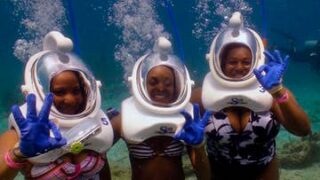
Snuba, Helmet Dives & More
So many great ways to explore the marine environment around St. Thomas. Read More
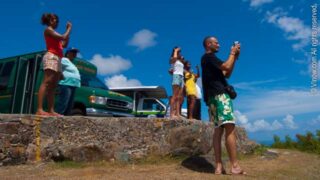
Island Tours
Take a tour and enjoy beautiful vistas, historic buildings, scenic drives and lovely scenery. Tour by taxi, jeep, or limo. Read More
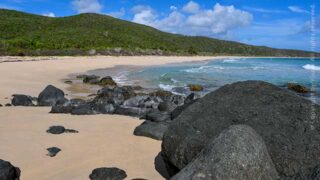
Culebra Boat Trips
The islands of Culebra and Vieques are part of Puerto Rico and known by the nickname Spanish Virgin Islands. Read More
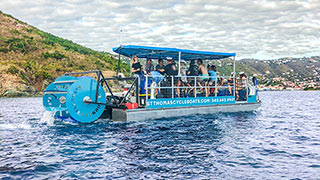
Water Tours & Adventures
If you are looking for a unique on-the-water-tour in St. Thomas, consider an adrenaline pumping jet boat tour, or a unique and entertaining cycleboat party tour. Read More
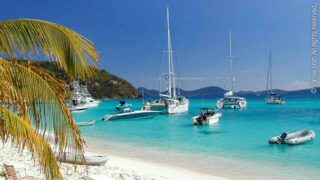
BVI Day Trips
Take a day trip to the BVI and visit some of the top sights like the Baths on Virgin Gorda and picturesque Jost Van Dyke. Read More
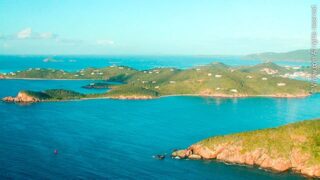
Aerial Tours
Enjoy the thrill of flying, and the awe of experiencing the islands’ beauty from above. Read More
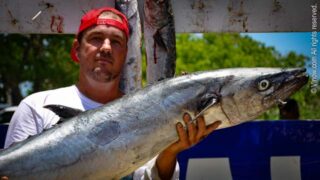
Fishing
Amazing experiences are in store for anglers trying their skill and luck at offshore or inshore fishing. Read More
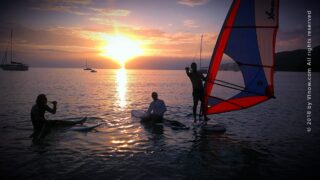
SUP & Boardsports
Right now the rage is all SUP, stand up paddle boarding! Another popular sport is kite surfing. Windsurfing is available at some hotel beaches. Read More
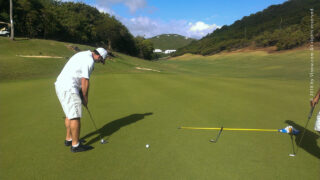
Tennis / Golf
The Virgin Islands are home to two golf courses, which are located on St. Croix. There are no golf courses on St. Thomas, St. John or Water Island. Read More
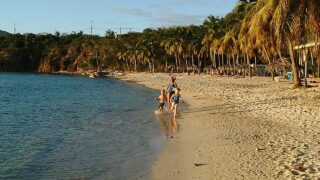
Fitness and Wellness
Incorporating fitness routines into your itinerary. Take a refreshing walk around St. Thomas, go for a swim in the crystal clear waters, practice yoga on the beach, or hit the gym for a workout. Read More

